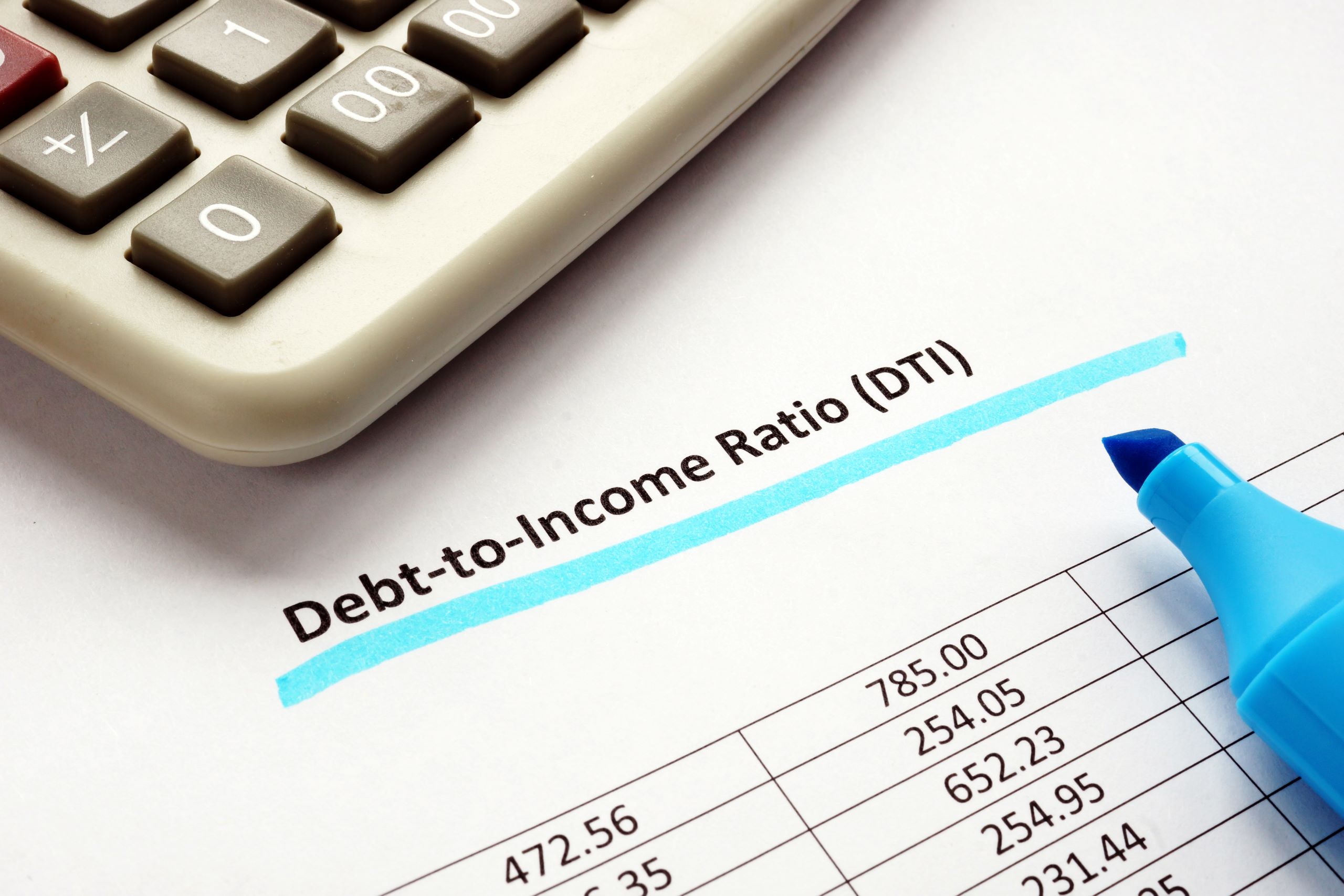In addition to your credit history and score, one of the factors lenders evaluate when considering whether to loan money is an individual’s debt-to-income ratio. You can use the same approach to gage your own debt levels – and how to get an objective point of view on “how much is too much.”
The first step is to calculate your total monthly payments from all sources – credit cards, student loans, car loans, home mortgages, and any other debt. Your required payments and debt levels are easy to find in most cases since you are either sent a bill or you have access to online account management tools. If you’re not sure exactly what you owe, you can request a copy of your credit report from AnnualCreditReport.com, which will list all of your reported debts. If you have federal student loan debt but aren’t sure who your loan servicer is, you can find out through StudentAid.gov.
Once you’ve created a current list of debts total all of your required monthly payments.
Next, you’ll need to calculate your total monthly income from all sources. For many, that will simply be a paycheck. But you may also receive additional forms of income, including child support payments, disability payments, or interest and dividends from investments. Then total your pre-tax income from all sources.
To get your debt-to-income ratio, divide your total monthly debt payments by your total monthly income. For example, if you came up with $3,000 in monthly debt payments and your income is $6,000 per month, your debt-to-income ratio is 50%. $2,000 in debt payments on the same $6,000 in income would be a debt-to-income ratio of 33%. The lower the ratio, the better.
To make this calculation even easier, check out NC Community Credit Union’s FREE “Debt-to-Income Ratio Calculator”! You can find it here.
As a gage of financial health, one important debt-to-income ratio to keep in mind is 43% – that’s the highest level most lenders consider to be sustainable. In fact, 43% is even enshrined in the federal Ability-to-Repay Rule, a rule developed by the Consumer Financial Protection Bureau that must be used by lenders when evaluating a buyer’s ability to qualify for a mortgage. But ideally, your debt-to-income ratio should be considerably lower. Some lenders set maximum debt-to-income ratios as low as 36%.
Your debt-to-income ratio is just one tool for measuring financial health, but it can be a valuable reality check no matter what your actual income and debt numbers may be. If your ratio is high by the standards set by leading lenders and the Consumer Financial Protection Bureau, it could be time to create a plan for reducing debt or increasing income.
